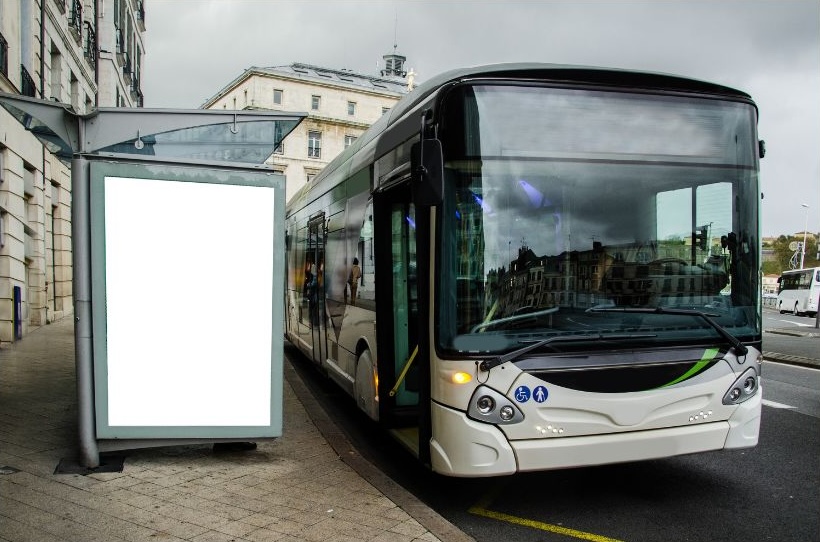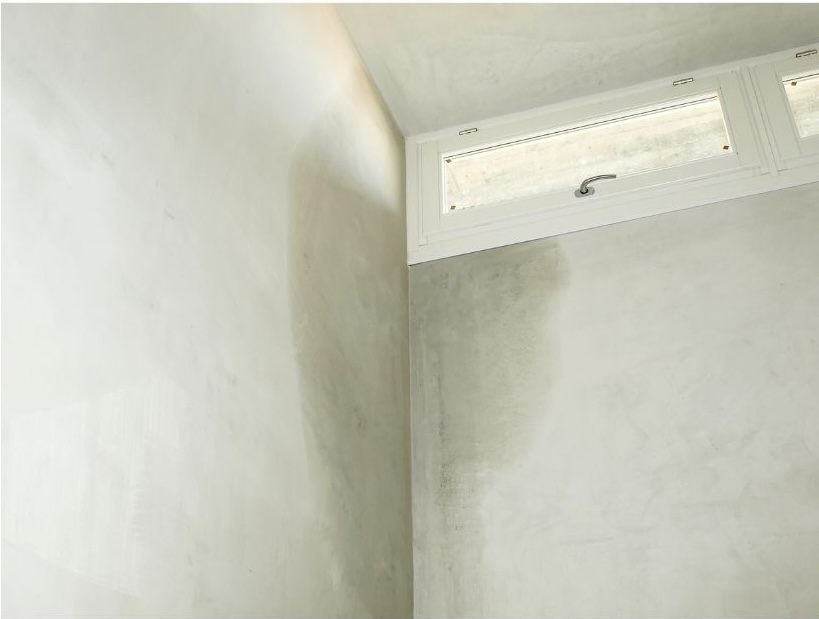Public transportation plays a crucial role in shaping urban environments, influencing everything from daily commutes to overall quality of life. Its impact on real estate values is significant, as access to efficient, reliable transportation options can enhance property appeal and boost market values. Understanding how public transportation affects real estate can help buyers, sellers, and investors make informed decisions and maximize their investments.
This blog explores the multifaceted impact of public transportation on real estate values, examining the benefits it offers, the factors influencing its effects, and strategies for leveraging transportation infrastructure to enhance property value.
1. The Benefits of Public Transportation for Real Estate
Public transportation offers a range of benefits that contribute to its impact on real estate values:
a. Increased Accessibility and Convenience
- Reduced Commute Times: Access to efficient public transportation can significantly reduce commute times, making daily travel more convenient for residents. Shorter commutes enhance the appeal of a neighborhood, particularly for working professionals and families.
- Easy Access to Amenities: Public transportation improves access to key amenities such as shopping centers, schools, healthcare facilities, and entertainment options. This convenience adds value to properties located near transit hubs or routes.
b. Enhanced Property Appeal
- Attractiveness to Buyers and Renters: Properties located near public transportation are often more attractive to potential buyers and renters who value easy access to transit. Proximity to transit options can be a major selling point, especially in urban areas where driving may be less practical.
- Increased Market Demand: Neighborhoods with well-connected transit systems typically experience higher demand, leading to increased property values. This is particularly true in areas where public transportation is seen as a desirable feature that enhances lifestyle and convenience.
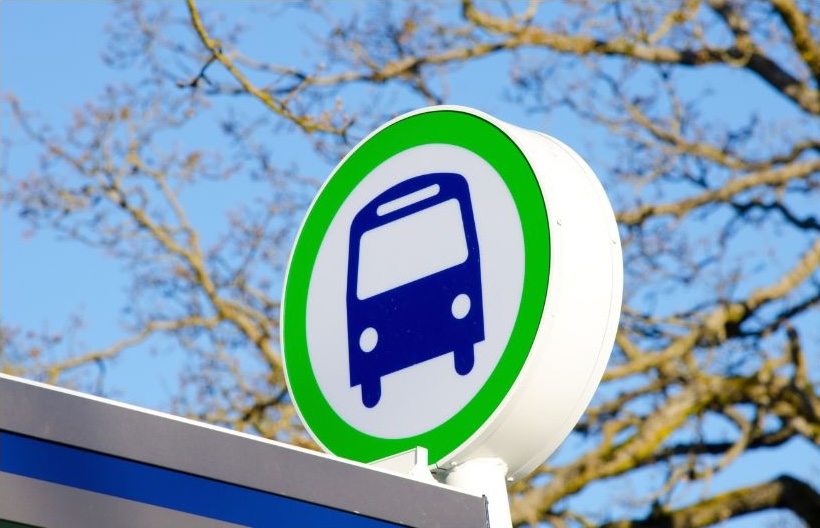
c. Economic Growth and Development
- Stimulating Local Economy: Public transportation can stimulate local economic growth by attracting businesses, creating jobs, and fostering commercial development. This economic activity can drive up property values as areas around transit stations become more vibrant and economically active.
- Property Development Opportunities: Access to public transportation often spurs real estate development and redevelopment projects. Transit-oriented development (TOD) projects, which focus on creating mixed-use developments around transit hubs, can lead to increased property values and enhanced neighborhood amenities.
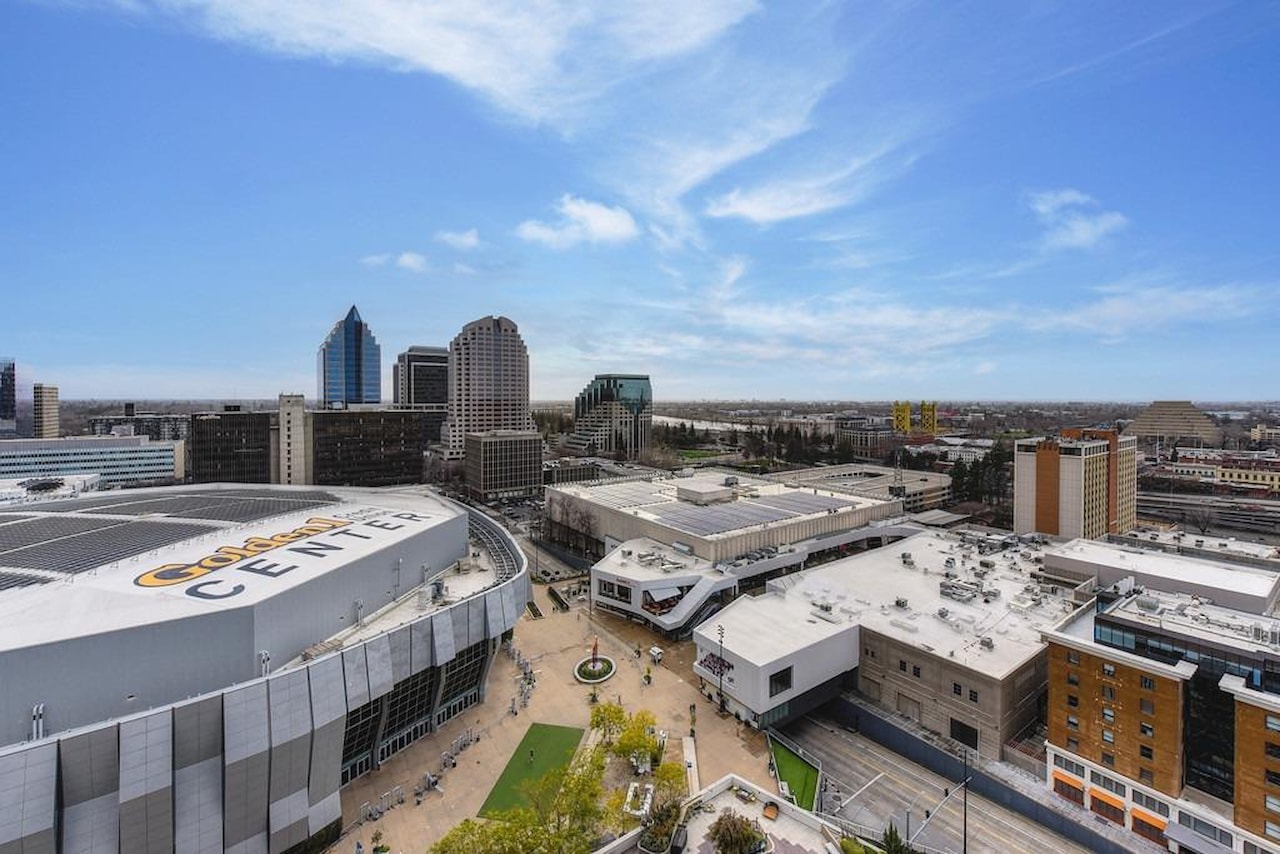
d. Environmental and Sustainability Benefits
- Reduced Carbon Footprint: Public transportation contributes to reduced carbon emissions and environmental sustainability by offering alternatives to private vehicle use. Properties located near transit options may appeal to environmentally conscious buyers who prioritize green living and sustainable practices.
- Improved Urban Planning: Public transportation supports more efficient land use and urban planning, reducing urban sprawl and promoting higher-density, walkable neighborhoods. This can enhance property values by creating more desirable and livable urban environments.

2. Factors Influencing the Impact of Public Transportation on Real Estate Values
The impact of public transportation on real estate values can vary depending on several factors:
a. Type and Quality of Transportation
- Frequency and Reliability: The frequency and reliability of public transportation services play a crucial role in their impact on property values. Frequent, reliable transit options that run on time are more likely to attract residents and boost property values compared to less reliable services.
- Modes of Transportation: Different modes of transportation, such as buses, subways, light rail, and commuter trains, can have varying effects on property values. High-capacity, fast transit options like subways and light rail typically have a more substantial impact compared to bus routes.
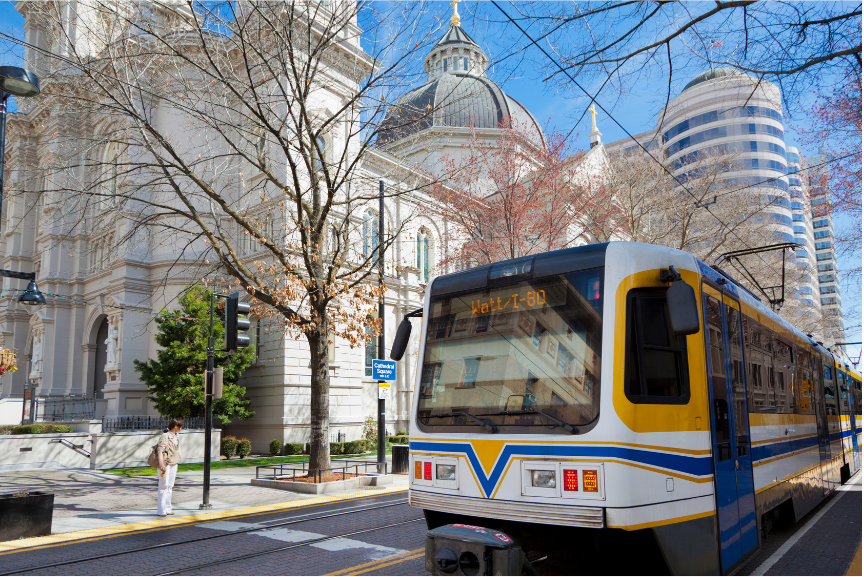
b. Proximity to Transit Hubs
- Distance from Transit Stations: Properties located within a short distance from transit stations or stops generally experience a more pronounced increase in value. Proximity to major transit hubs can enhance property appeal and marketability.
- Accessibility and Connectivity: The accessibility and connectivity of transit routes to key destinations, such as business districts and cultural attractions, can influence property values. Well-connected transit systems that offer easy access to a range of destinations add value to nearby properties.
c. Neighborhood and Market Dynamics
- Local Real Estate Market: The impact of public transportation on property values can vary depending on the local real estate market. In competitive markets with high demand, proximity to transit options may have a more significant effect on property values.
- Neighborhood Characteristics: The overall characteristics of the neighborhood, including safety, amenities, and demographics, can influence how public transportation affects property values. Properties in well-maintained, attractive neighborhoods with good transit access are likely to see higher value increases.
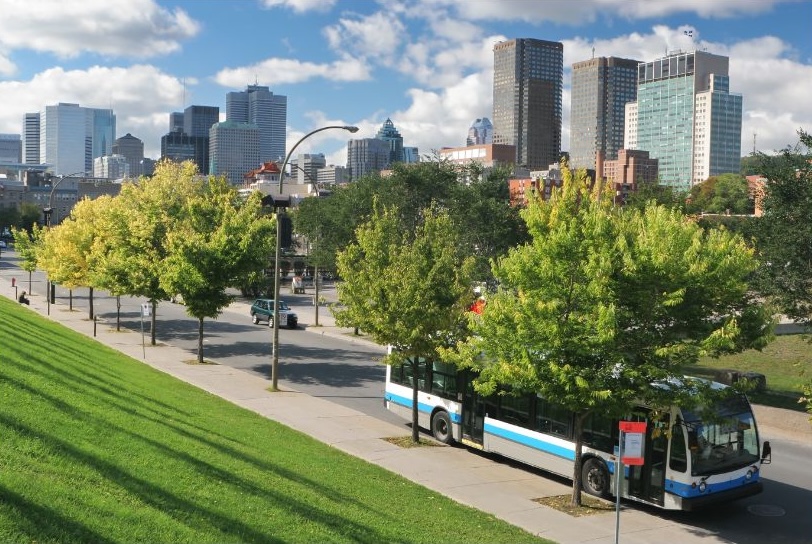
d. Development and Planning Policies
- Transit-Oriented Development (TOD): Areas designated for transit-oriented development often experience higher property values due to planned infrastructure improvements and increased density. TOD projects typically include mixed-use developments that combine residential, commercial, and recreational spaces around transit hubs.
- Government Investments and Policies: Government investments in public transportation infrastructure and supportive policies can enhance the impact of transit on property values. Initiatives such as transit expansions, upgrades, and planning incentives can drive property value appreciation in transit-accessible areas.
3. Case Studies and Research Findings
Several studies and case studies highlight the impact of public transportation on real estate values:
a. The National Association of Realtors (NAR) Study
A study by the National Association of Realtors found that properties located within a half-mile of a transit station experienced a 5-10% increase in value compared to similar properties farther away. The study emphasized that access to reliable public transportation is a key factor in property valuation.
b. The Urban Land Institute (ULI) Report
The Urban Land Institute’s report on transit-oriented development highlighted that properties near transit hubs saw a 20-30% increase in value, depending on the quality and connectivity of the transit system. The report also noted that transit access contributed to higher rental rates and increased demand for residential and commercial properties.
c. The Reconnecting America Study
Reconnecting America’s study on public transportation and property values found that neighborhoods with high-quality transit systems experienced more significant property value appreciation compared to those with limited transit access. The study also highlighted the positive impact of transit on local businesses and economic development.
4. Strategies for Leveraging Public Transportation in Real Estate
Property owners, developers, and investors can leverage the benefits of public transportation to enhance property values:
a. Promote Transit Access in Marketing
- Highlight Transit Proximity: In property listings and marketing materials, emphasize the proximity to public transportation as a key selling point. Include information about transit routes, stations, and the convenience of access to major destinations.
- Showcase Benefits: Highlight the benefits of nearby transit options, such as reduced commute times, easy access to amenities, and environmental sustainability. Use visual elements, such as maps and infographics, to showcase the property’s connectivity.
b. Invest in Transit-Oriented Development
- Develop Around Transit Hubs: Consider investing in or developing properties around existing or planned transit hubs. Transit-oriented development projects that incorporate mixed-use spaces, pedestrian-friendly design, and green infrastructure can attract residents and businesses, driving up property values.
- Enhance Property Features: Invest in property features that complement the nearby transit infrastructure, such as bike storage, car-sharing services, and pedestrian-friendly amenities. These enhancements can appeal to transit users and increase property appeal.
c. Monitor Transit Developments and Policies
- Stay Informed: Keep abreast of local transit developments, expansions, and policy changes that may impact property values. Understanding upcoming transit projects and government investments can help inform real estate decisions and identify potential opportunities.
- Engage with Local Planning: Engage with local planning and development authorities to stay informed about transit-related initiatives and contribute to discussions on future transit improvements. Active involvement in local planning can provide insights into potential impacts on property values.
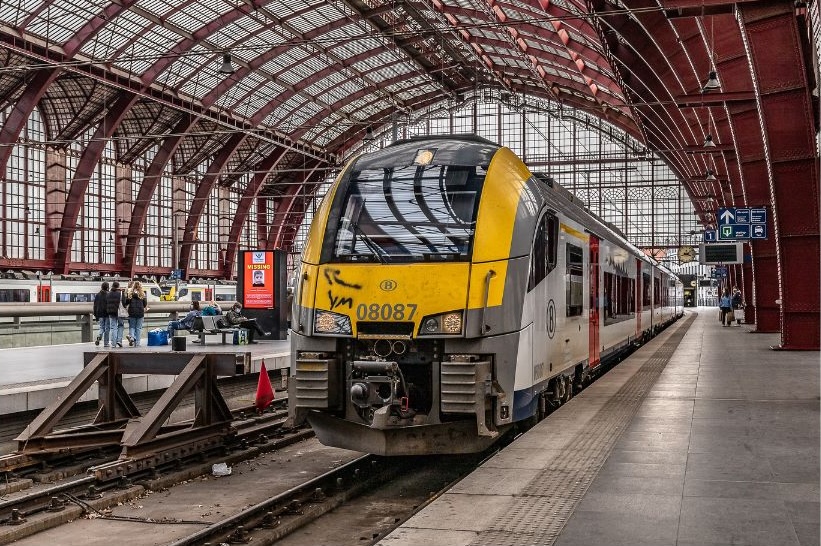
5. The Future Outlook for Public Transportation and Real Estate
The future of public transportation and its impact on real estate values is likely to be shaped by several trends and developments:
a. Advancements in Transportation Technology
- Smart Transit Systems: The integration of smart technology into public transportation, such as real-time tracking, autonomous vehicles, and digital payment systems, will enhance the efficiency and appeal of transit options. These advancements may further boost property values in transit-accessible areas.
- Green Transportation: The focus on sustainable transportation solutions, such as electric buses and bike-sharing programs, will contribute to the environmental appeal of properties near transit options. Green transportation initiatives may drive increased demand and property value appreciation.
b. Increased Emphasis on Urban Mobility
- Multimodal Transportation: The growing emphasis on multimodal transportation, which combines various transit options such as buses, trains, bicycles, and ride-sharing services, will enhance connectivity and accessibility. Properties in areas with well-integrated transportation networks are likely to benefit from increased value.
- Walkability and Livability: The trend toward creating walkable, livable urban environments that prioritize public transportation and reduce reliance on private vehicles will continue to influence property values. Properties in pedestrian-friendly neighborhoods with easy access to transit will remain highly desirable.
c. Government Investments and Planning
- Infrastructure Investments: Continued government investments in public transportation infrastructure, including expansions, upgrades, and new projects, will impact property values. Areas benefiting from these investments are likely to see increased property values and economic growth.
- Supportive Policies: Supportive policies that encourage transit-oriented development, mixed-use zoning, and sustainable urban planning will further enhance the impact of public transportation on real estate values.
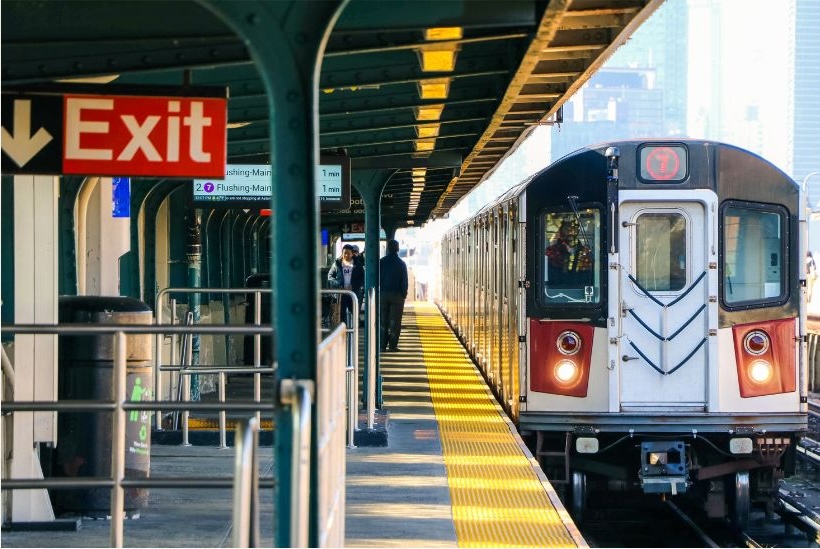
Conclusion
Public transportation plays a significant role in shaping real estate values, offering numerous benefits that enhance property appeal and marketability. From increased accessibility and convenience to economic growth and environmental sustainability, the presence of efficient transit options can have a profound impact on property values. By understanding the factors influencing this impact and leveraging the benefits of nearby transit infrastructure, property owners, developers, and investors can make informed decisions and capitalize on the opportunities presented by public transportation. As urban planning continues to prioritize connectivity and sustainability, the influence of public transportation on real estate is likely to grow, offering continued value and appeal for properties in transit-accessible areas.
If there’s anything we can do to support you or if you have any questions about real estate please feel free to reach out to me and my team we would be happy to help you. We love being Sacramento’s real estate resource. Till next time Sacramento!


